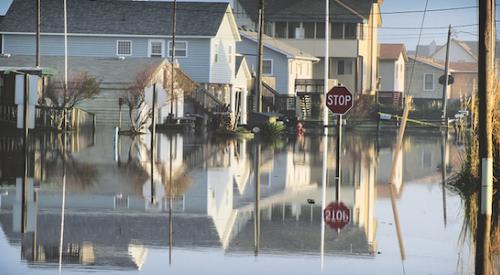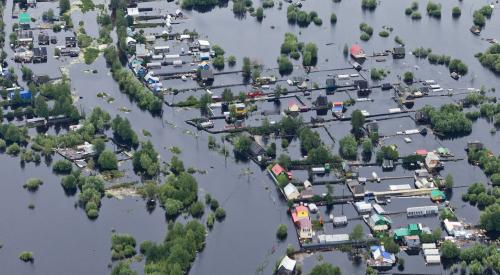Buying a home on the coast could mean spending millions for a picturesque ocean view, sandy beaches outside your door—and the serious risk of flooding. Over the course of a 30-year mortgage, many Americans face rising sea levels threatening the habitability of their seaside homes. By 2045, more than 300,000 homes worth $115 billion collectively will be at risk of chronic flooding, according to a report from the Union of Concerned Scientists. Yet property values remain unchanged. Fast Company reports that one California legislator is proposing the government purchase these threatened homes and rent them out until the homes are no longer safe to reside in.
“We know that sea-level rise is coming and that there are going to be catastrophic effects from it,” says Julia Stein, a project director at the Emmett Institute on Climate Change and the Environment at UCLA School of Law, who helped Ben Allen, a California state senator, draft legislation proposing the buy-and-rent program. “But property valuation of the coastline doesn’t necessarily build those risks into pricing now, and may not build those risks into pricing until it’s kind of too late. So that’s why it’s important for the state to be thinking about ways to manage that risk, and all of the associated risks—not just property loss and harm to human beings living at the coast that might come as a result of a natural disaster caused by sea-level rise, but also all the things like decommissioning infrastructure at the coastline that serves coastal properties that are going to become issues as the sea level continues to rise.”
In other parts of the country, the government sometimes buys and demolishes homes that repeatedly flood in storms. In one of the most extreme cases, an entire neighborhood is relocating. Along the coasts, some communities are investing millions in infrastructure like sea walls to try to hold the water back. But at some point, “managed retreat” from a neighborhood may make more sense.













